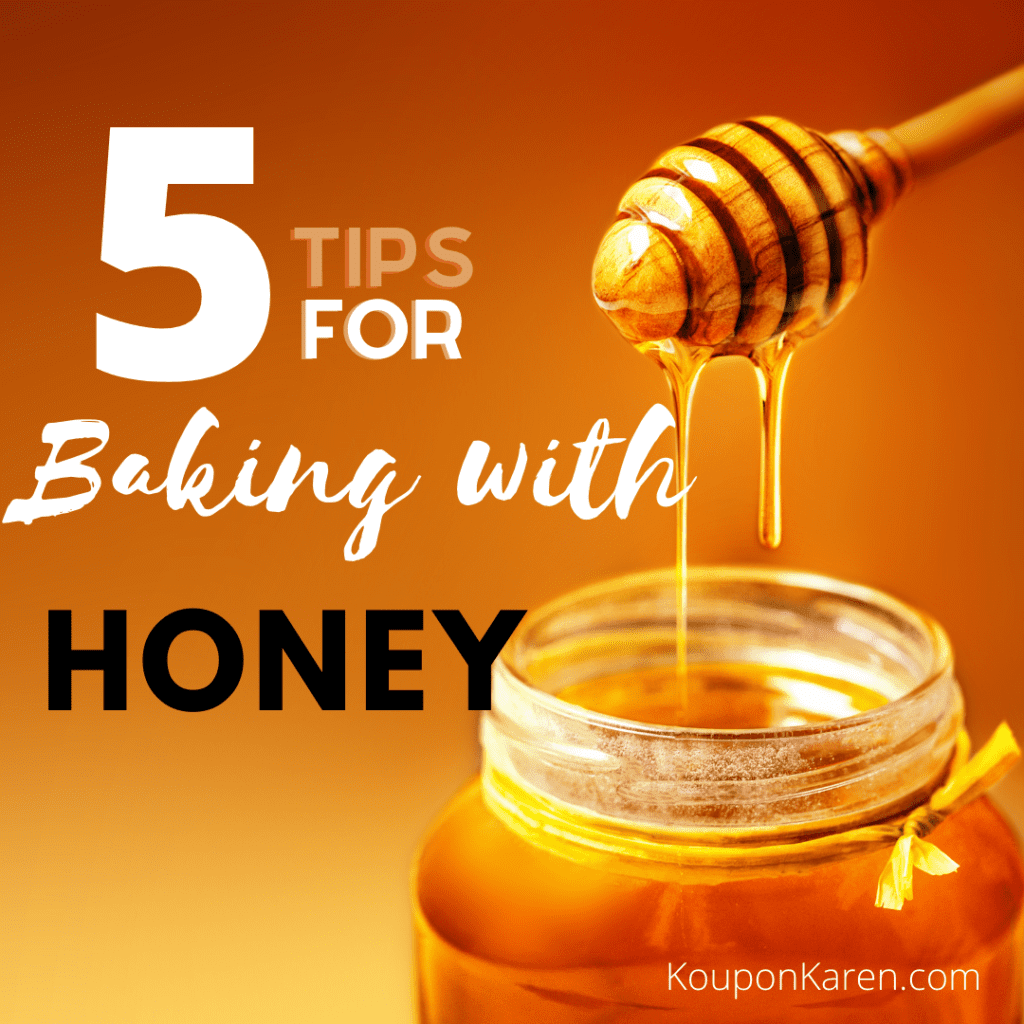Baking with Honey
Baking with Honey has become pertty common. It’s hard to go a few hours these days without hearing about some new study indicating that honey may help fight bacterial infections, prevent allergies, and even help reduce obesity rates. It’s no wonder many bakers are becoming more and more interested in substituting honey for refined sugar when creating their sweet treats. Before jumping on this bandwagon, however, there are a few things you need to know.
Use Less Honey than Sugar
Ounce for ounce, honey is sweeter than sugar, both because it contains more fructose than sugar does and because it contains less air. Substitute 2/3 to 3/4 cup of honey for each cup of sugar called for in any recipe.
Honey Adds Flavor
Granulated sugar sweetens but doesn’t significantly affect the flavor of your baked goods. All types of honey will add flavor to your recipe. With the darker more robust honey the effect can be quite intense (and delicious). It can also create a lovely caramel taste in coffee cakes and other sweet baked goods.
Honey Holds Moisture
Honey not only contains more moisture than granulated sugar, but it also attracts it as well. This means that you will want to reduce the total fluid in your recipe by ¼ cup for each cup of honey. You can also add a dash more flour if you prefer. If you have a favorite cake that tends to be a little dry on occasion, substituting some or all of the honey could be just the adjustment needed to make it perfect.
Baking with Honey Alters Texture
Honey adds a distinctive crispness to cookies and crusts. In fact, a character in John Irving’s Last Night in Twisted River has incognito existence blown wide open when someone tastes his trademark crispy pizza crust made with his special ingredient, you guessed it, honey. If you prefer your cookies or granola bars on the chewy side you should stick with brown sugar. The addition of honey does make cakes a little heavier than they would be with refined sugar alone. A little extra baking soda to work with the acidic honey will help with this. But you may want to try just substituting half of the sugar at first. Denser confections like coffee cakes are often well improved by the inclusion of honey.
Honey Burns at a Lower Temperature than Sugar
When baking with honey always reduce the oven temperature by 25 to 30 degrees Fahrenheit. You may also need to increase the overall baking time to compensate for the lower temperature. There is so little honey in most bread recipes that you won’t need to adjust the temperature, but for cakes, muffins, cookies, and other sweeter goods it’s a good idea to reduce the heat and keep a close eye on them. The upside to the low caramelization threshold is the beautiful golden brown surfaces it produces.
As with any type of baking, don’t be afraid to experiment. Just let your taste buds lead the way.





